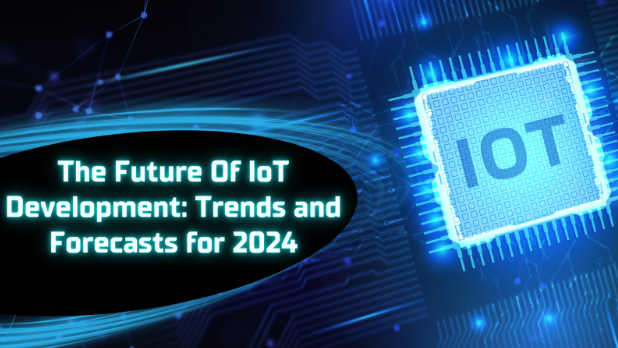Entering 2024, IoT development advances toward smarter, safer networks. With almost 19 billion devices expected to be connected by year-end, the scale demands intelligent management. Developers are focusing on integrating AI directly into IoT systems – enabling local anomaly detection and adaptive behavior. Tools for edge analytics are maturing, letting devices collaborate (e.g. fleets of drones or machines that learn patterns on-site).
Another emerging trend is the use of digital twins – virtual replicas of physical systems – for simulation and optimization. The EU’s research bodies highlight digital twins (alongside AI) as key technologies to boost industry competitiveness. IoT platforms now often support creating digital twins of machinery or environments, which developers use to prototype changes without risking the real system.
Key Trends:
- AI at the Edge: Expect more deployment of TinyML and edge AI chips in 2024. Smart cameras, smart meters, and other sensors will do on-device learning to reduce cloud dependency.
- 5G Expansion: Nationwide 5G is a reality in many countries, unlocking IoT scenarios like connected vehicles, telemedicine, and smart grids. The convergence of 5G and Wi-Fi-6 further increases available bandwidth for devices.
- Robust Security and Compliance: Security frameworks (e.g. IEEE P2413, ISO/IEC 27001 for IoT) are strictly adopted. Europe’s Cyber Resilience Act (coming soon) will set strict security requirements for connected devices. Developers prioritize secure provisioning and encryption in all new IoT products.
- Energy Efficiency & Sustainability: Battery life remains a focus. New protocols (e.g. 5G CAT-M) and hardware optimize power use. Additionally, IoT deployments increasingly monitor environmental parameters to support sustainability goals (smart agriculture, emission tracking).
- Platform Convergence: Major cloud providers continue adding comprehensive IoT services (device management, analytics, security) that reduce development complexity. Cross-industry platforms allow rapid prototyping of new IoT solutions (e.g. predictive maintenance apps).
Overall, IoT development in 2024 is characterized by intelligence and rigor. Integrating AI and analytics into billions of connected devices, while enforcing strict security and efficiency, will enable a new era of smart systems. European industries that embrace these trends – from smart factories to urban infrastructure – will be at the cutting edge of the global IoT revolution.


